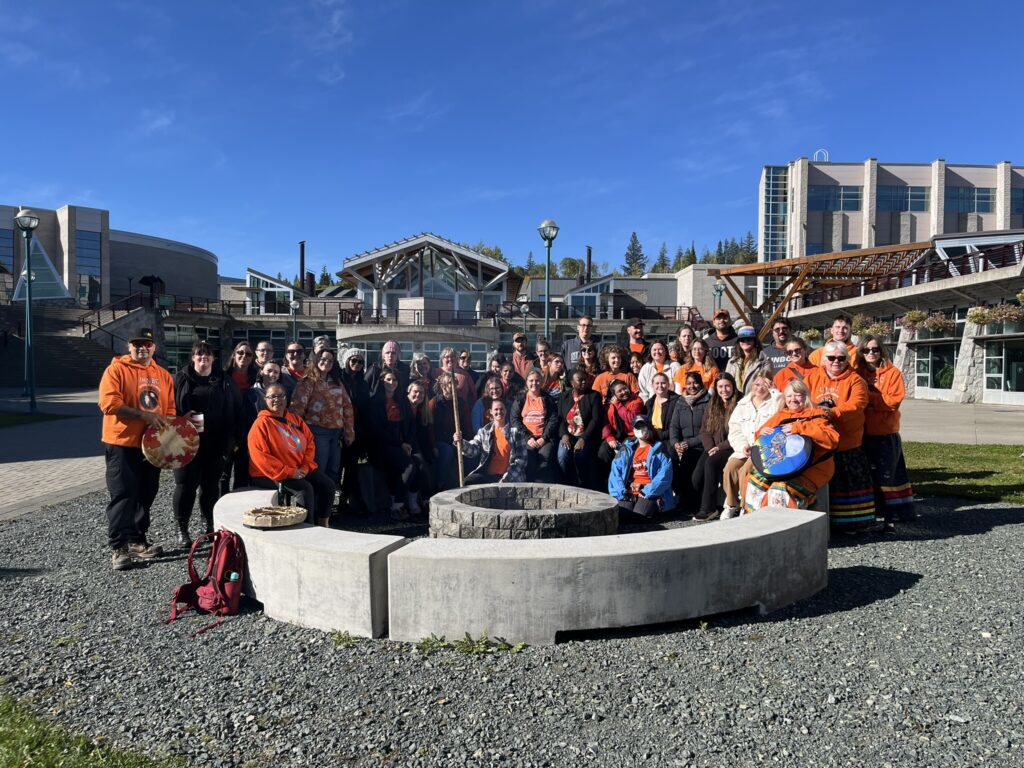I encourage you, my fellow educators, to take up this mantle and actively contribute to the reconciliation process both within our classroom and in the communities we serve.
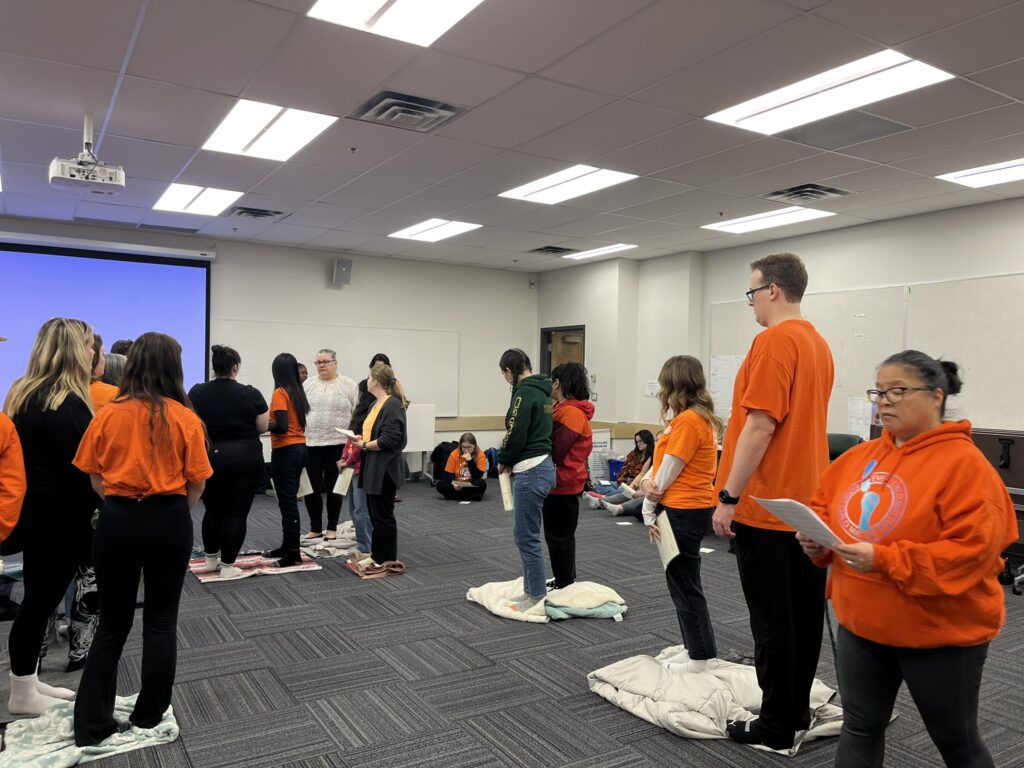
On this day, I had the privilege of participating in two powerful experiences that deeply aligned with Professional Standard 9, which requires educators to respect and value the history of First Nations, Inuit, and Métis peoples and contribute to reconciliation and healing.
What does it truly mean to walk in someone else’s shoes and connect to the land?
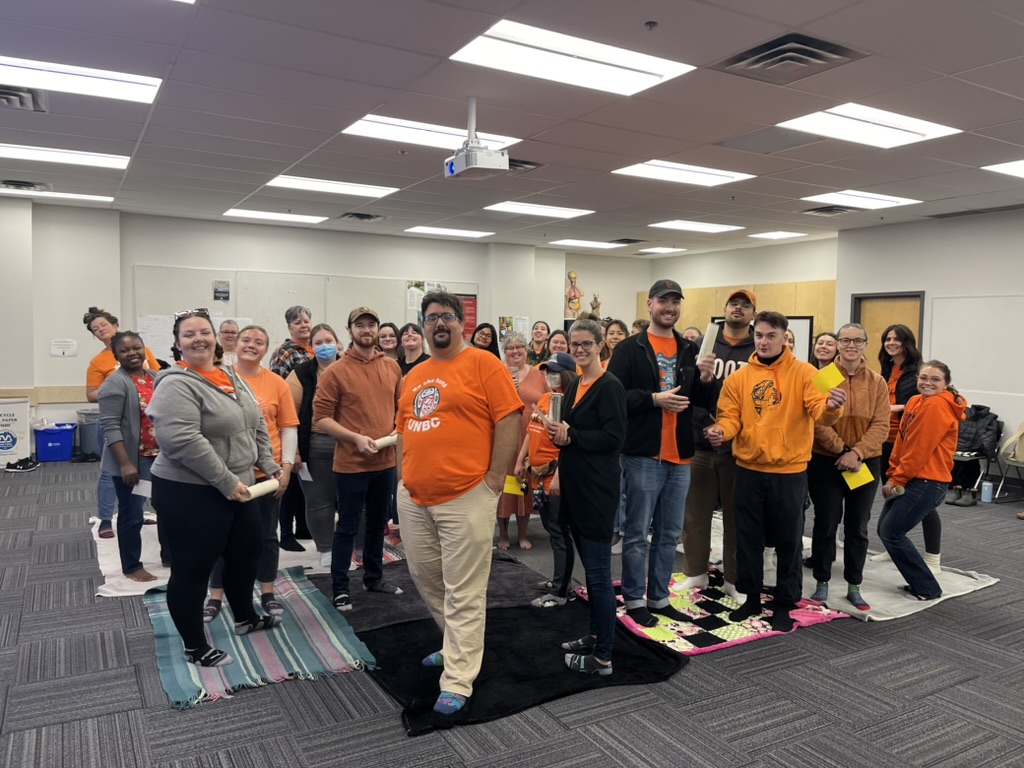
The day began with a Blanket Ceremony, a deeply moving and educational experience that brought us closer to the shared history of Indigenous and non-Indigenous peoples in Canada. As we stepped onto blankets representing the land, we felt the emotional weight of the history that Indigenous peoples have carried for generations: land being taken, disease spreading, and the painful legacy of residential schools. This exercise was a powerful reminder of the need for empathy and understanding in our journey towards reconciliation. The immersion into this shared history was made even more profound when followed by the fire circle with the UHNBC Traditional Drummers. As we sang and drummed together, I felt the strength of a community that has withstood generations of hardship, yet continues to thrive and connect through song and rhythm. This powerful moment of connection underscored the importance of respecting Indigenous traditions and fostering unity.
Why does understanding this shared history and connection matter in our roles as educators?
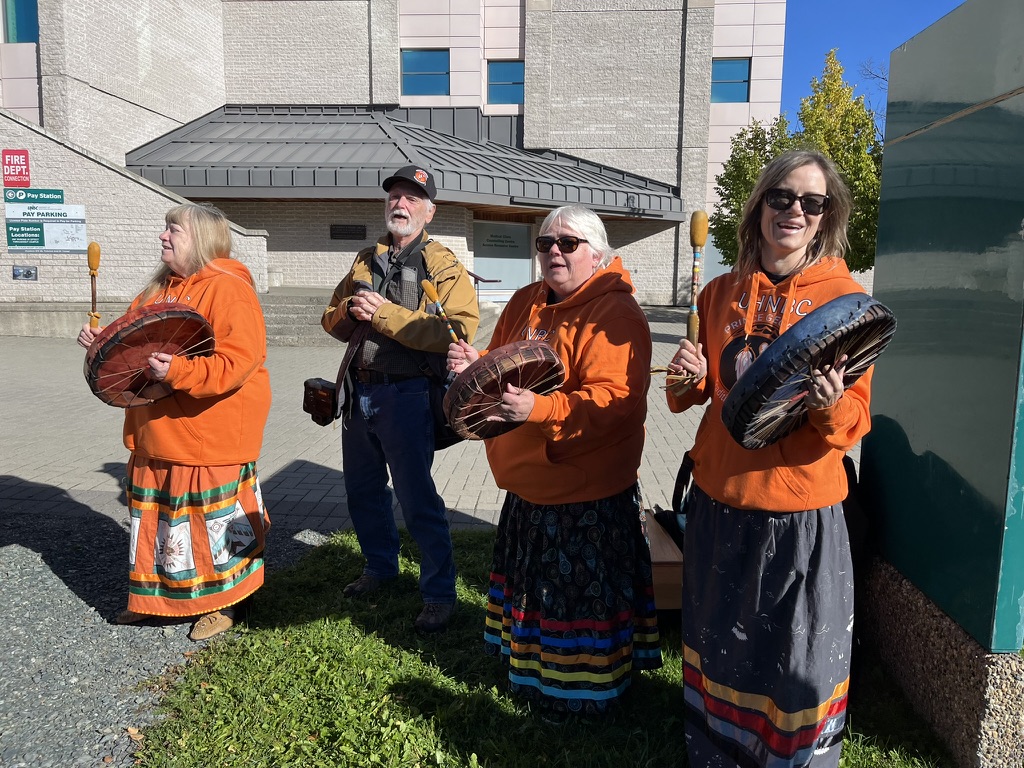
The Blanket Ceremony and drum circle encouraged empathy, self-reflection, and a deeper understanding of our shared history. As I listened to the drumbeats and participated in the singing, I felt an overwhelming sense of unity and respect for the traditions that have sustained Indigenous communities. These experiences challenged me to reflect on my role in contributing to truth, reconciliation, and healing.
As an educator, I realized that my responsibility extends beyond the classroom curriculum. It involves creating spaces where students feel valued and can engage meaningfully with diverse histories and cultures. The drum circle, too, reminded me of the power of community and how music, language, and culture can bring us together to heal and understand one another. This reinforced the need to integrate Indigenous perspectives in our teaching and create a space where reconciliation is lived, not just taught.
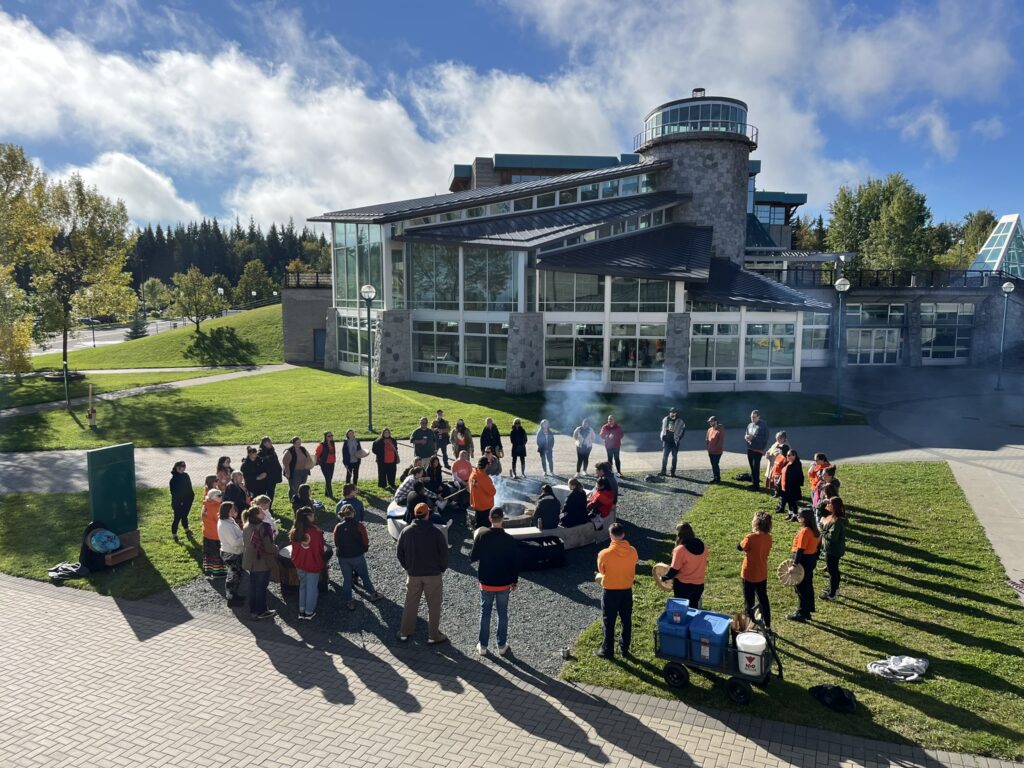
How can we take what we’ve learned and transform it into meaningful action?
Throughout my degree, I had the privilege of studying two-eyed seeing or Etuaptmumk, the gift of multiple perspectives. This is a guiding principle I hope to weave into all of my lessons. Moving forward, I am committed to continually learning about Indigenous histories, cultures, and practices, and braiding these teachings into my work as an educator. By creating environments where students can engage with Indigenous ways of knowing and being, I can help foster empathy, respect, and understanding beyond the classroom. This day reaffirmed my unwavering commitment to ensuring that Indigenous perspectives and teachings are acknowledged and deeply integrated into our classrooms. The drum circle taught me that the rhythm of reconciliation must be steady and collective, echoing in our classrooms and communities. I am hopeful for a future of education grounded in respect, empathy, and healing, and I am grateful for the opportunity to be apart of it.
